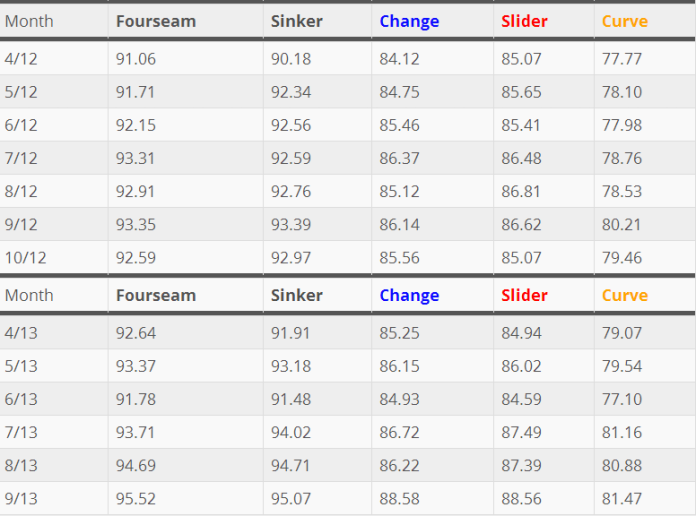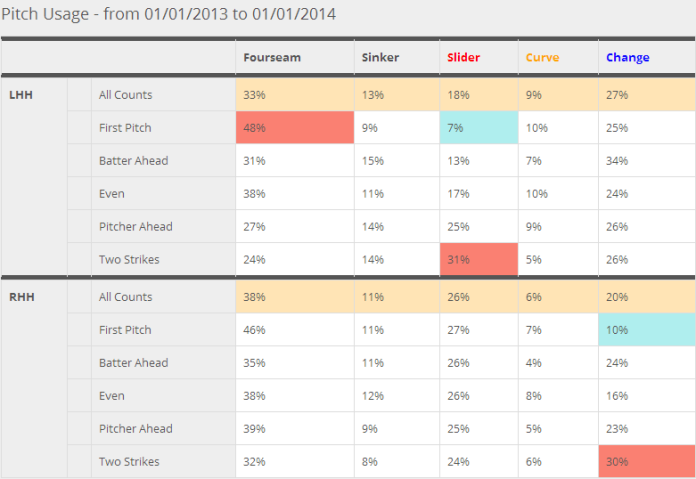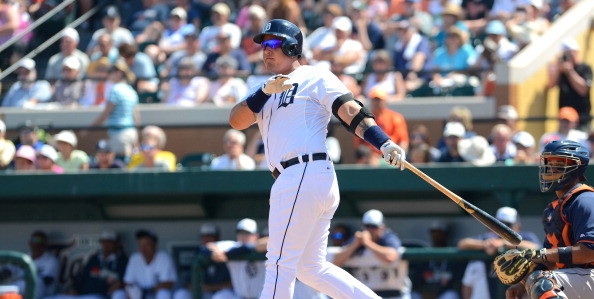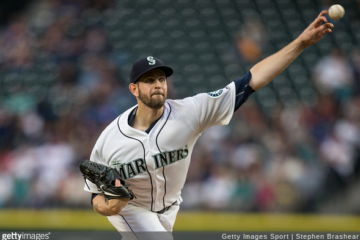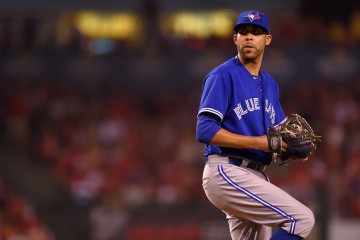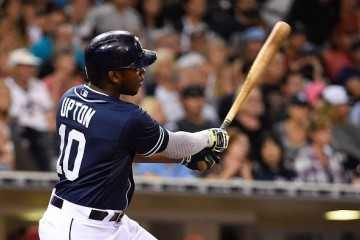Anibal Sanchez Puts On His Ace Hat
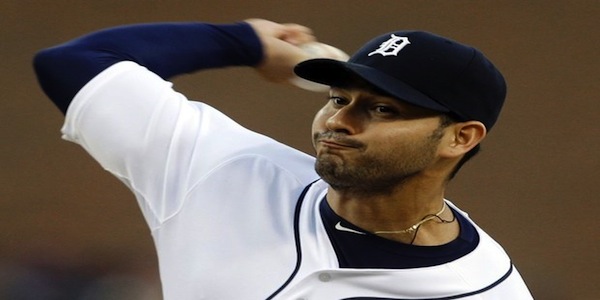
Anibal Sanchez could quite possibly be the best pitcher in the major leagues who is never mentioned. I’m not sure I’ve ever heard Sanchez mentioned in the same breath as teammates Max Scherzer and Justin Verlander; much less in the same instance as Felix Hernandez, Clayton Kershaw, and Adam Wainwright. In my opinion, he belongs there.
Sanchez’s career has been somewhat of an odd spectacle. He played for mostly terrible teams in a bad market, had some shoulder trouble, and always seemingly under-performed relative to the potential that he flashed. This all changed in the past 365 days. Over the past calendar year, no one has racked up more fWAR than Sanchez. If you push the timeline back to the past two seasons he’s sixth; behind: Felix, Verlander, Kershaw, Scherzer, and Chris Sale. Are you shocked? I was.
What Happened?
Anibal Sanchez started throwing harder. A lot harder.
*Due to clarification issues with pitches, the cutter mentioned later doesn’t show up in this chart.*
Check out that fastball velocity. Sanchez has been able to add 3-4 MPH to his fastball. That is incredible. Velocity usually maxes out early in careers before beginning its ultimate decline stage. I looked into his release points and spotted something that’s somewhat interesting.
That graph is from 2011. As you can see, the data is skewed a little to the catcher’s left (Anibal’s right side).
This graph is from 2013. The release points are more consistently over the top and form a much tighter cluster. I’m not sure if that means anything for his velocity, but it is interesting. Perhaps Anibal’s previous shoulder problems required him to alter his release a little bit, which subsequently allowed him to throw a little harder? Whether it was that reason or another, it was a damn good decision.
Anibal’s change-up also became one of most devastating pitches in the game. He’s always has a good change-up, but 2013 is put the pitch on its own planet. During the 2011 season Sanchez threw his change 557 times (17.45%) and hitters hit .231 off of the pitch with a .361 slugging percentage. Fast forward to 2013, opposing hitters are hitting .185 with a .270 slugging percentage off the offering. It makes sense why Sanchez has upped his usage of the pitch to 24.15%.
Above is Anibal’s pitch usage for 2013. If charts aren’t your thing I’ll sum it up for you; good luck guessing what’s coming. When Sanchez is ahead of batters you have greater than a 20% chance to see one of three pitches. Even when the batters are ahead of Sanchez you’re still likely guessing wrong given the odds. He’s simply impossible to guess which pitch is coming at this time.
I’ve saved the most beautiful pitchf/x chart Texas Leaugers has to offer on Sanchez for last.
Look at how differently all of Sanchez’s offerings move. The slider and cutter both offer quick concise movements at faster speeds; 86 and 93 MPH respectively. The slider shows much more depth, but good luck realizing that quick enough to act on it. The curve on the other hand, flashes tremendous depth, horizontal movement, and change of pace (80 MPH). Hypothetically, if you’re able to spit on those pitches he can run the change-up in on your hands (RHH) or away from you out of the zone (LHH). The sinker will also eat up your hands (RHH) or the end of the bat (LHH) considering it moves horizontally 6 inches to the catchers left from the center of the zone. There are 7 pitches classified here; two more than the first chart from Brooks. This is mainly due to clarification issues between pitchf/x systems. Three of the pitches move right and downward. Four of the pitches (really only 3) move left and downward. Imagine having to prepare for all of these offerings; that’s what opponents have to do every fifth day.
How Does He Stack Up?
I noted in the beginning how Sanchez rates in fWAR over the past 1 and 2 calendar years. How does he stack up in other categories over that time frame?
Those stats and places are over the past 2 calendar years. If we were to set the boundary at only the last calendar year Sanchez would improve his position in: SwStr% (5th), Contact% (3rd), O-Contact% (7th), FIP (2nd), K%-BB% (8th), and WAR (1st). Anibal Sanchez is very good. He is a bonafide ace. He has 5 or 6 (depending of how the cutter is picked up by pitch f/x) quality offerings that allow him to keep hitters off-balance. He is throwing harder than ever. We’re witnessing greatness and many people don’t realize it.
Value Going Forward
During the 2012 offseason Zack Greinke was considered to be the crown jewel of the free agent class. Detroit knew better; they weren’t letting Sanchez get out of the city. He signed for $88 million over 5 years, $71 million less than the contract Greinke was given by the Dodgers. Greinke has been good in 2013, but it’s clear now that Sanchez was the best pitcher in that free agent class. He just so happened to the best value as well. Sanchez just turned 29 in February. He’s not a young guy, especially given his injury history, but given his relatively young age he shouldn’t decline very quickly.
As far as fantasy is concerned, you won’t be getting Anibal Sanchez at a discount anymore. I landed Sanchez in two leagues this season, 15th round in one league (10 teams) and 12th in the other (12 teams). He’s currently ranked 32nd on Yahoo! after being ranked 141st in the preseason. Sanchez is a top 10 pitcher without a doubt next season. If you can get him anywhere between Adam Wainwright or Chris Sale’s o-ranks this season, 41st and 57th respectively next season you’re getting pretty solid value.
I’ll leave you with this magnificent GIF of Anibal striking out 17 Atlanta Braves. That ace hat I mentioned in the headline? It fits pretty well.


